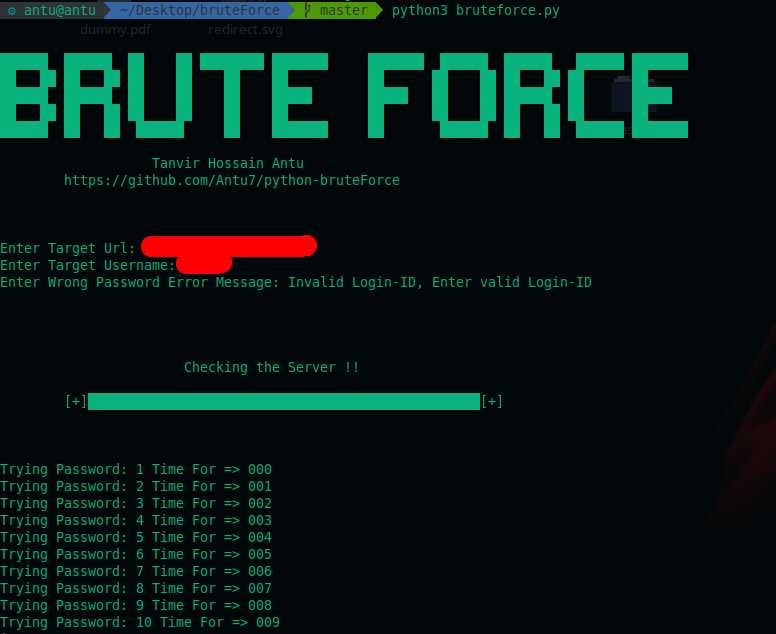

Unlike git reset, git checkout doesn’t move any branches around. Since this has the potential to overwrite local changes, Git forces you to commit or stash any changes in the working directory that will be lost during the checkout operation.
#Git force checkout update#
Internally, all the above command does is move HEAD to a different branch and update the working directory to match.

When passed with a branch name, it lets you switch between branches. The git checkout command is used to update the state of the repository to a specific point in the projects history. For further detailed information visit the git reset page. It’s easier to think of these modes as defining the scope of a git reset operation.

For example, the following command moves the hotfix branch backwards by two commits. This can be used to remove commits from the current branch. On the commit-level, resetting is a way to move the tip of a branch to a different commit. Note that git revert has no file-level counterpart. That’s what we’ll be exploring in this section. When you don’t include a file path as a parameter, they operate on whole commits. The parameters that you pass to git reset and git checkout determine their scope. Switch between branches or inspect old snapshots Commandĭiscard commits in a private branch or throw away uncommited changes Be sure to keep this reference handy, as you’ll undoubtedly need to use at least some of them during your Git career. The table below sums up the most common use cases for all of these commands. Git Reset vs Revert vs Checkout reference Revert is considered a safe operation for 'public undos' as it creates new history which can be shared remotely and doesn't overwrite history remote team members may be dependent on. They modify the history of a repository that can cause conflicts when pushing to remote shared repositories. A reset can be invoked in three different modes which correspond to the three trees.Ĭheckout and reset are generally used for making local or private 'undos'. git revert can only be run at a commit level scope and has no file level functionality.Ī reset is an operation that takes a specified commit and resets the "three trees" to match the state of the repository at that specified commit. A file level checkout will change the file's contents to those of the specific commit.Ī revert is an operation that takes a specified commit and creates a new commit which inverses the specified commit. The git checkout command can be used in a commit, or file level scope. This is an update to the "Commit History" tree. The HEAD ref and main branch ref currently point to commit d. This example demonstrates a sequence of commits on the main branch. To demonstrate this consider the following example.

Keep these mechanisms in mind as you read through this article.Ī checkout is an operation that moves the HEAD ref pointer to a specified commit. We explore the three trees in depth on the git reset page. These components are sometimes known as "The three trees" of Git. It helps to think about each command in terms of their effect on the three state management mechanisms of a Git repository: the working directory, the staged snapshot, and the commit history. Hopefully, you’ll walk away with the confidence to navigate your repository using any of these commands. In this article, we’ll compare the most common configurations of git reset, git checkout, and git revert. They all let you undo some kind of change in your repository, and the first two commands can be used to manipulate either commits or individual files.īecause they’re so similar, it’s very easy to mix up which command should be used in any given development scenario. The git reset, git checkout, and git revert commands are some of the most useful tools in your Git toolbox.


 0 kommentar(er)
0 kommentar(er)
